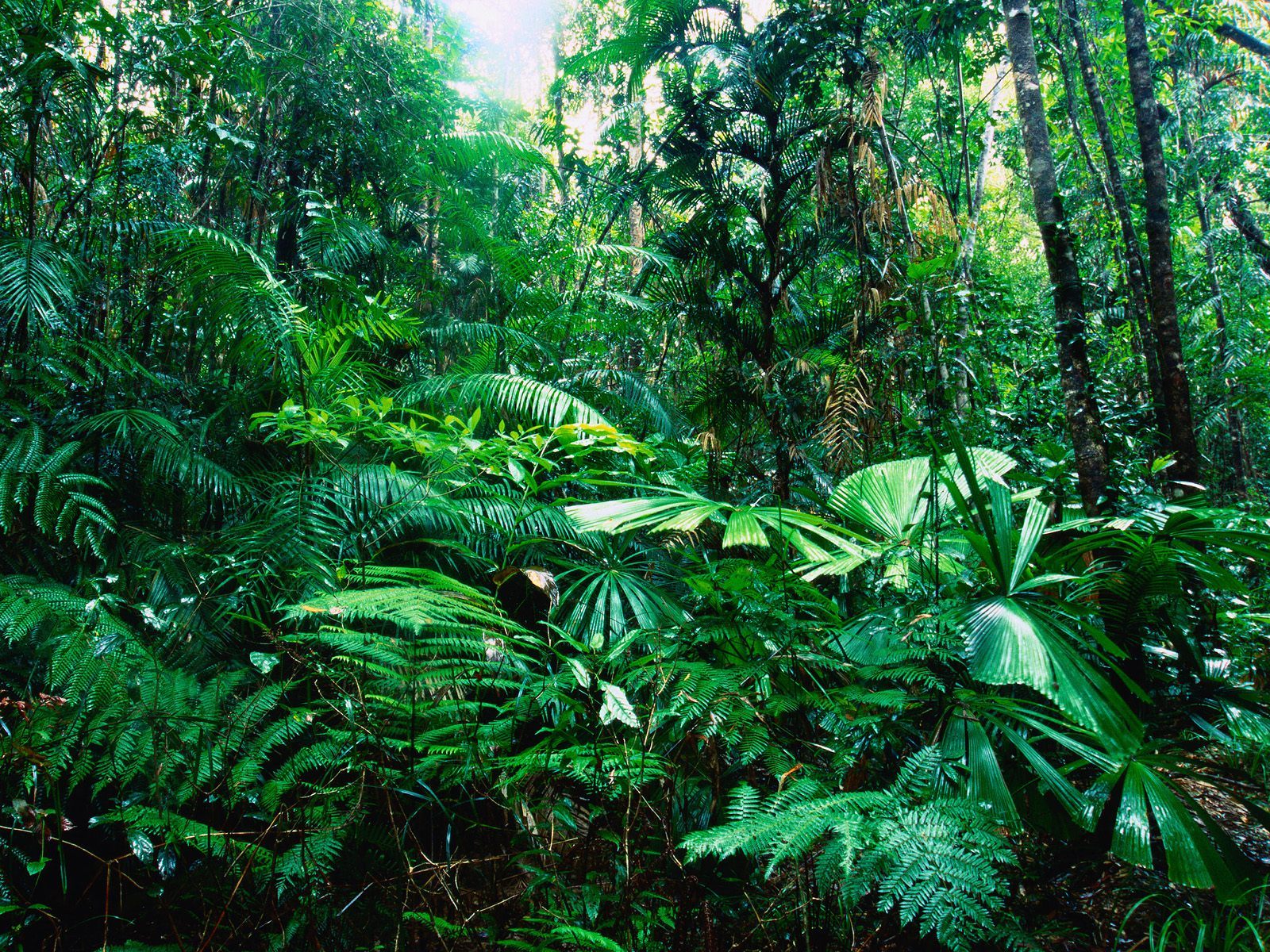Scientists examining 20,000 year old fossilized human teeth discovered in Sri Lanka have observed that the human diet of that period was largely sourced from rainforests. This has led them to suggest that the human race might have moved into and adapted to living in tropical rainforests thousands of years earlier than was previously thought. […]
Scientists examining 20,000 year old fossilized human teeth discovered in Sri Lanka have observed that the human diet of that period was largely sourced from rainforests. This has led them to suggest that the human race might have moved into and adapted to living in tropical rainforests thousands of years earlier than was previously thought.
“Humans have been manipulating and living within dynamic rainforest environments for at least 20,000 years and probably even longer,” said University of Oxford archaeologist Patrick Roberts, who studies early human adaptations. “The lifestyle, as we can see, was dedicated rainforest subsistence,” Roberts added.
Researchers from Oxford University, working with a team from Sri Lanka and the University of Bradford, analyzed the carbon and oxygen isotopes in the teeth of 26 individuals and found that nearly all the teeth analyzed suggested a diet largely sourced from the rainforest.
Researchers from Oxford University, worked with a team from Sri Lanka and the University of Bradford and analyzed the carbon and oxygen isotopes in the teeth of 26 individuals found at various archaeological sites in Sri Lanka. They took small samples of tooth enamel with a diamond-tipped drill and then analyzed them with a mass spectrometer.
Almost all the analyzed teeth, including the oldest ones from about 20,000 years ago found at the Batadomba-lena rock-shelter in south western Sri Lanka, suggested a diet largely sourced from slightly open ‘intermediate rainforest’ environments.
Professor Julia Lee-Thorp, co-author, stated that they had earlier made use of isotopic methodology for studying how primates adapted to their forest environment successfully but this was the first instance of the same being used for investigating ancient human fossils in a tropical forest context, in an effort to find out how our predecessors survived in such a habitat many thousand years ago.
Earlier scientists keen to know more on the subject had found no direct evidence of human beings occupying rain forests before about 10,000 years ago. Meanwhile, there are other evidences which suggest that human beings might have taken to Sri Lanka’s rainforests as early as 38,000 years ago.


Leave a Reply